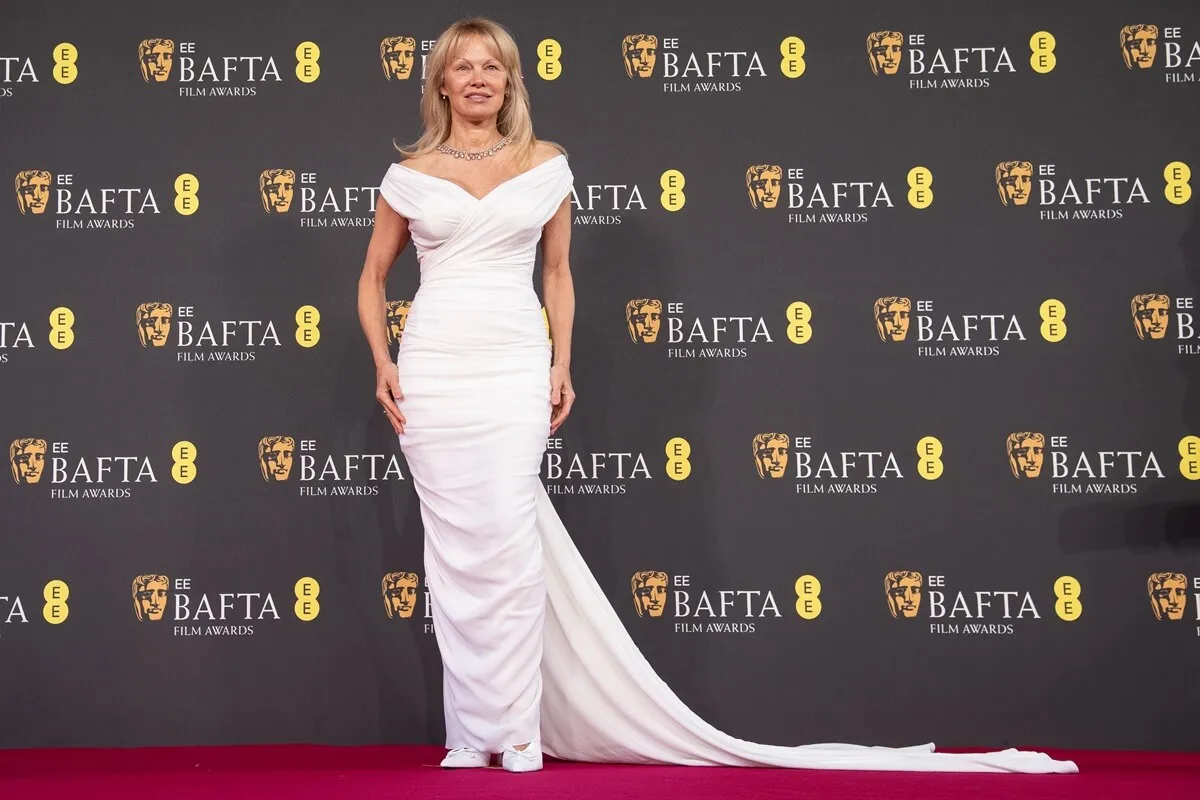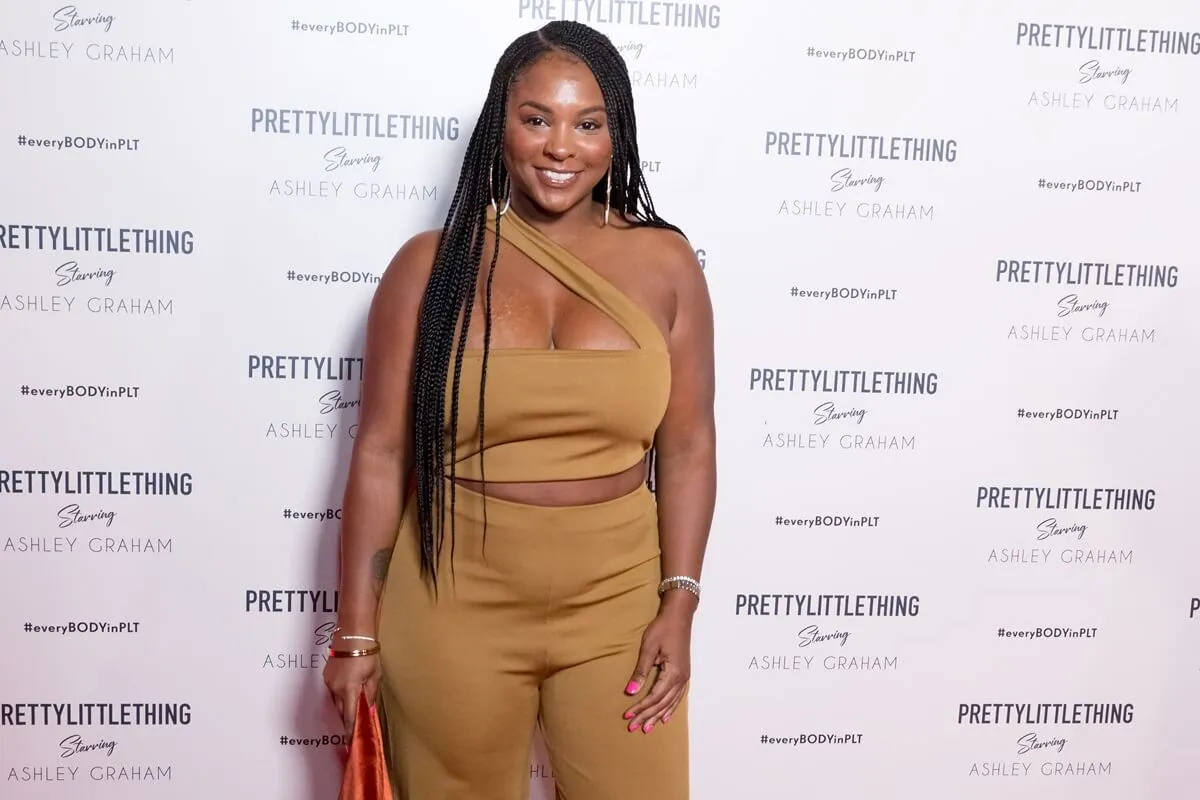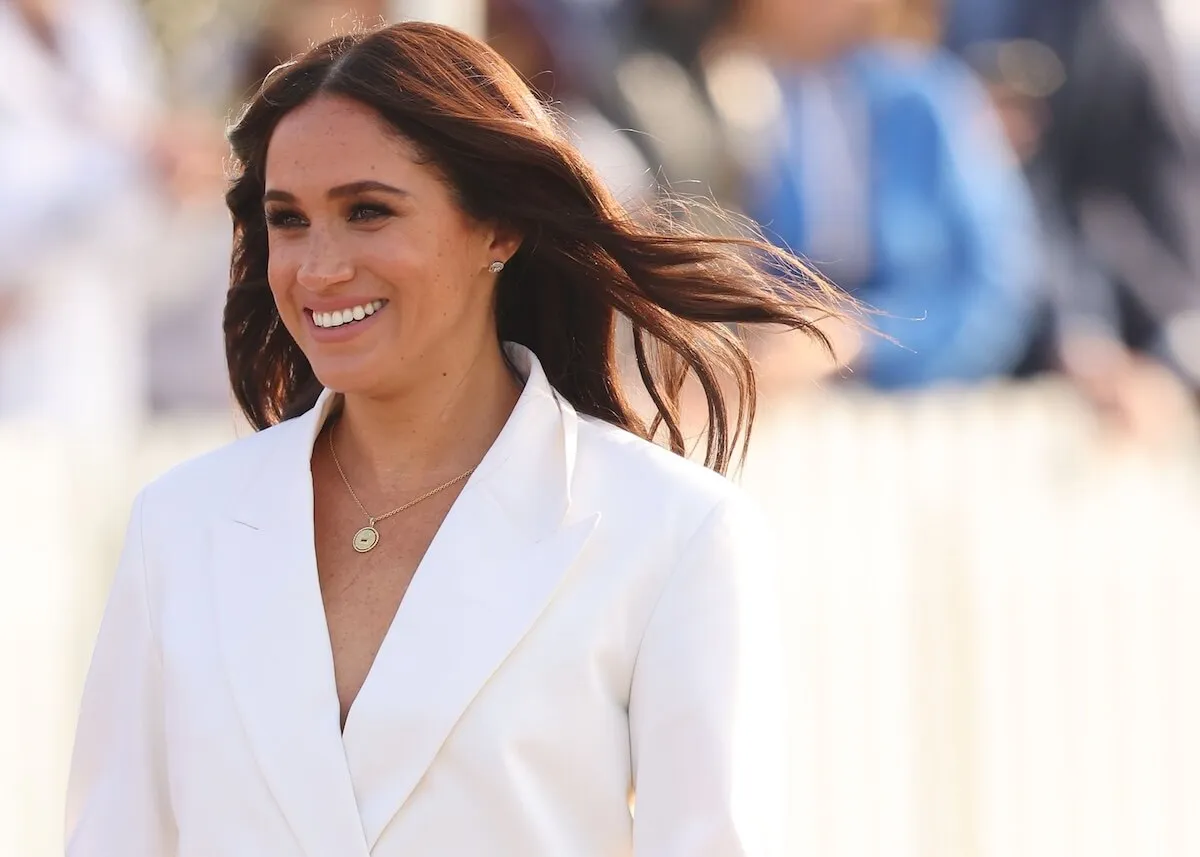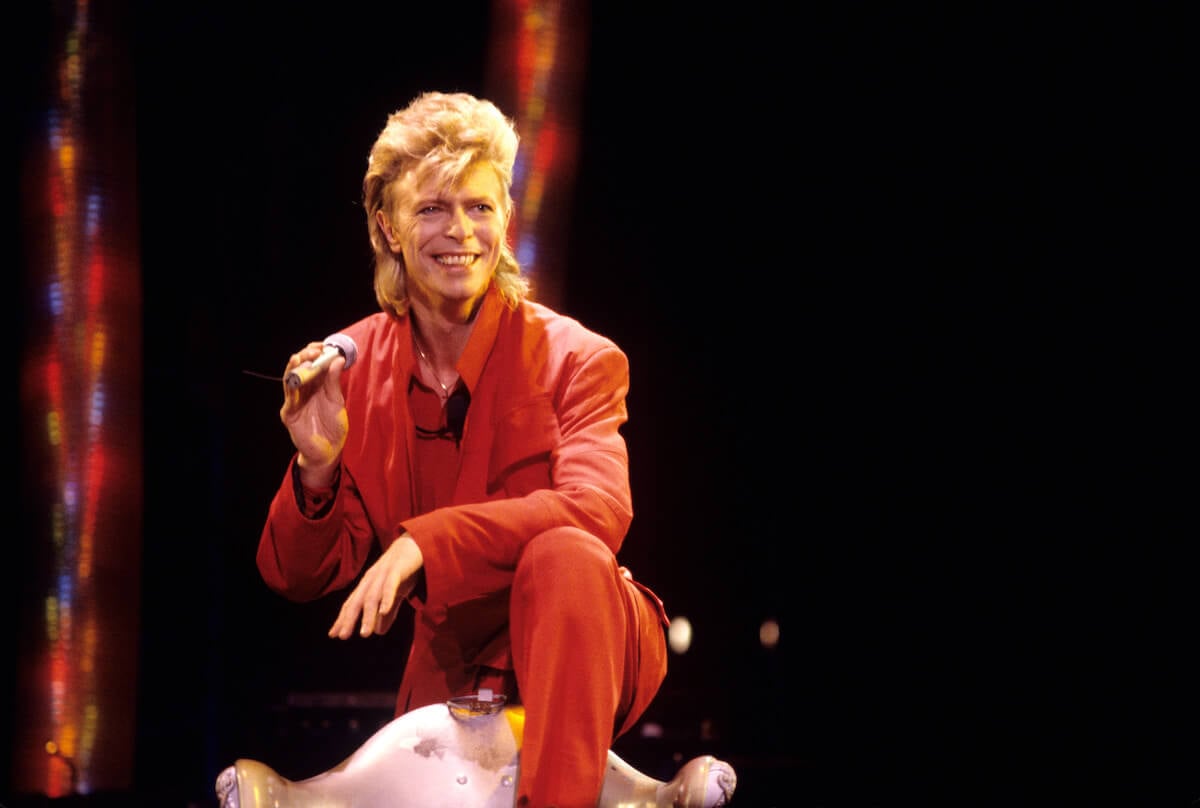
Why David Bowie Went to War With MTV in 1983
Let’s take a trip back in time to the early 1980s at the height of David Bowie’s popularity.
MTV launched in 1981 with the words, “Ladies and gentlemen, rock and roll.” The first video played was The Buggles’ “Video Killed the Radio Star.” Quite appropriate.
MTV stands for music television because that’s what it was. MTV played music videos all day, every day — 24 hours of videos.
The network brought artists into our homes for the first time. We no longer just listened to the music; we watched it. This helped launch some of the biggest names in music of the time. It turned artists such as Cyndi Lauper, Madonna, Boy George, and Duran Duran into stars.
David Bowie had some of his biggest commercial successes during this time, partially because of MTV.
David Bowie’s career
Englishman Bowie burst onto the scene in the early 1970s during the glam rock era with his androgynous alter ego Ziggy Stardust. He had a successful single with “Starman” and album The Rise and Fall of Ziggy Stardust and the Spiders from Mars.
Bowie had his first U.S. crossover hit with “Fame,” He finished out the 70s with acting roles.
But the ’80s were the time that Bowie truly became a pop star. He released the album Let’s Dance in 1983 and reappeared looking like a true ’80s star. Bowie went mainstream, and the audience loved him.
His videos were in full rotation on MTV, which helped catapult him to the top with songs such as “China Girl” and “Modern Love.”
His follow-ups later in the decade did not have the same commercial success. “I went mainstream in a major way with the song ‘Let’s Dance.’ I pandered to that in my next few albums, and what I found I had done was put a box around myself,” he told Rolling Stone.
David Bowie called out MTV for its lack of diversity
During this time, Bowie called out something that had not really been spoken about until then. MTV did not play black artists.
In an interview with MTV VJ Mark Goodman, Bowie said he was “floored” that so few black artists were playing on MTV. He asked, “Why is that?”
He continued, “There’s evidence to the fact that the only few black artists that one does see are on at about 2:30 in the morning.”
Goodman shook his head no and responded, “We have to try and do what we think not only New York and Los Angeles will appreciate but also Poughkeepsie or midwest, that some town in the midwest will be scared to death by Prince, which we’re playing, or a string of other black faces.”
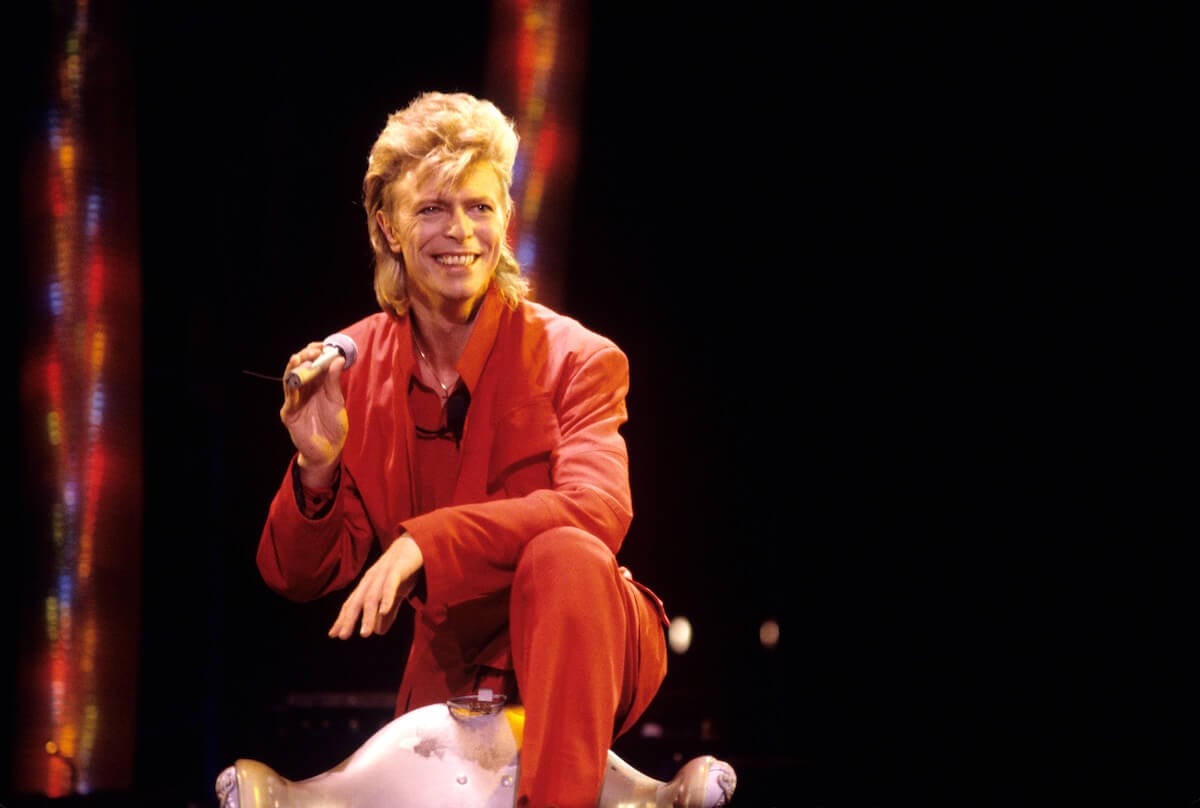
He actually said that in 1983.
Bowie responded by saying that was “very interesting.”
MTV tried to defend itself by saying it was a “rock & roll” network and that its audience would not appreciate the black artists of the time.
Others, such as “Superfreak” singer Rick James, also accused the network of racism, but Bowie was the first white popular artist to speak up and challenge MTV.
When did MTV begin to include black artists?
Then came Michael Jackson.
MTV refused to play the hit Jackson song “Billie Jean.” This made CBS Records President Walter Yetnikoff furious. “I’m pulling everything we have off the air, all our product. I’m not going to give you any more videos,” he said to MTV. “And I’m going to go public, and f**cking tell them about the fact you don’t want to play music by a black guy!”
MTV immediately put “Billie Jean” in heavy rotation, which ended up being a very smart decision. Jackson’s first three videos from his Thriller album came out in 1983. Not coincidentally, MTV had its first quarterly profit in the first three months of 1984.
It seems that Michael Jackson may have saved MTV when they initially wouldn’t play him or any artists who looked like him.
